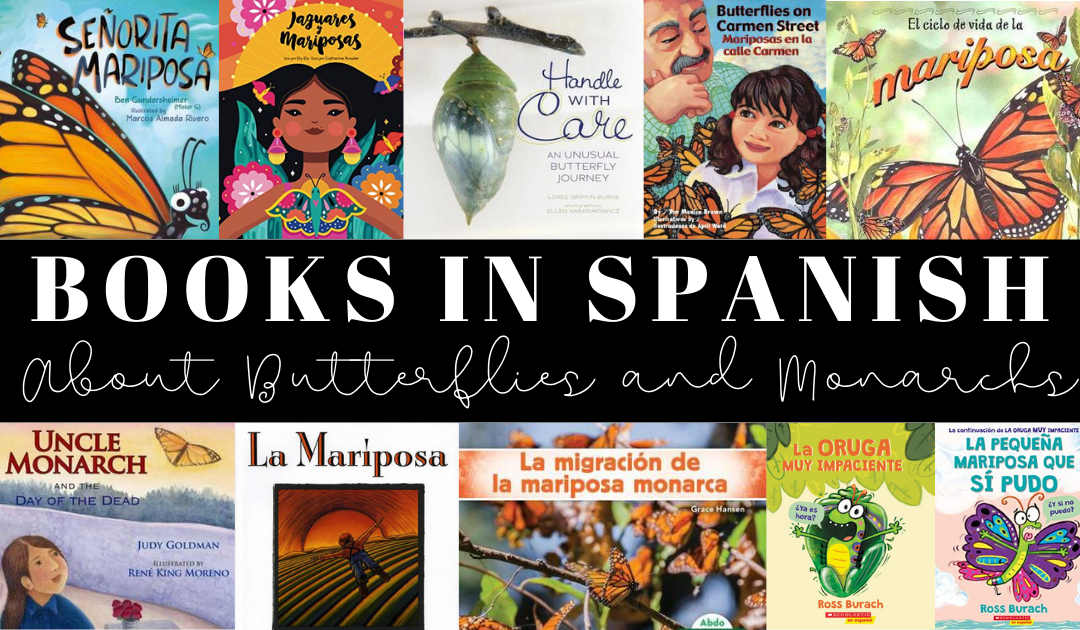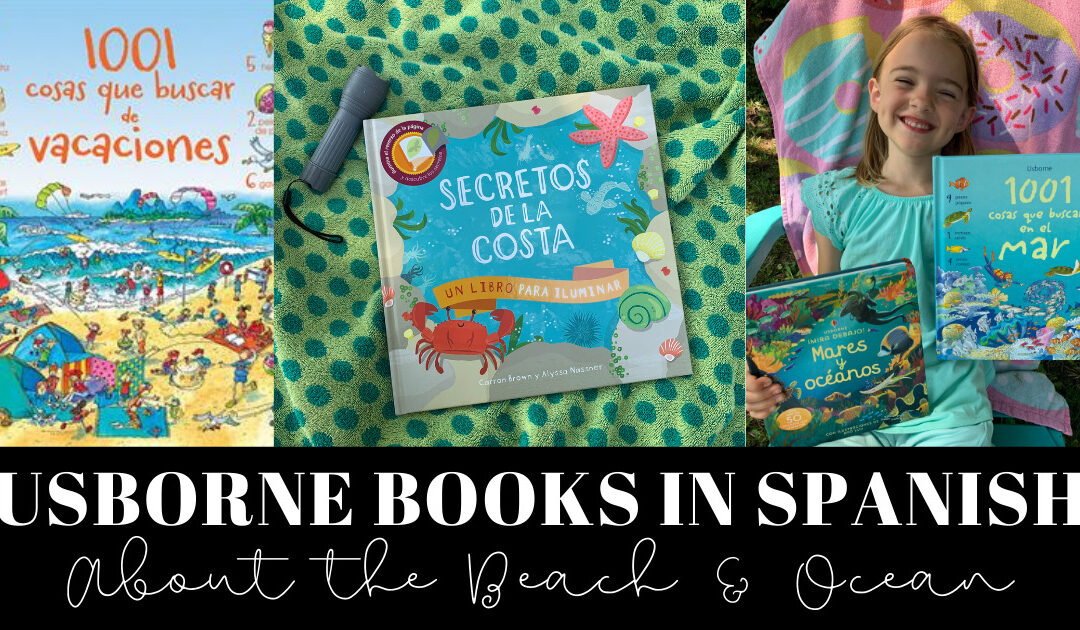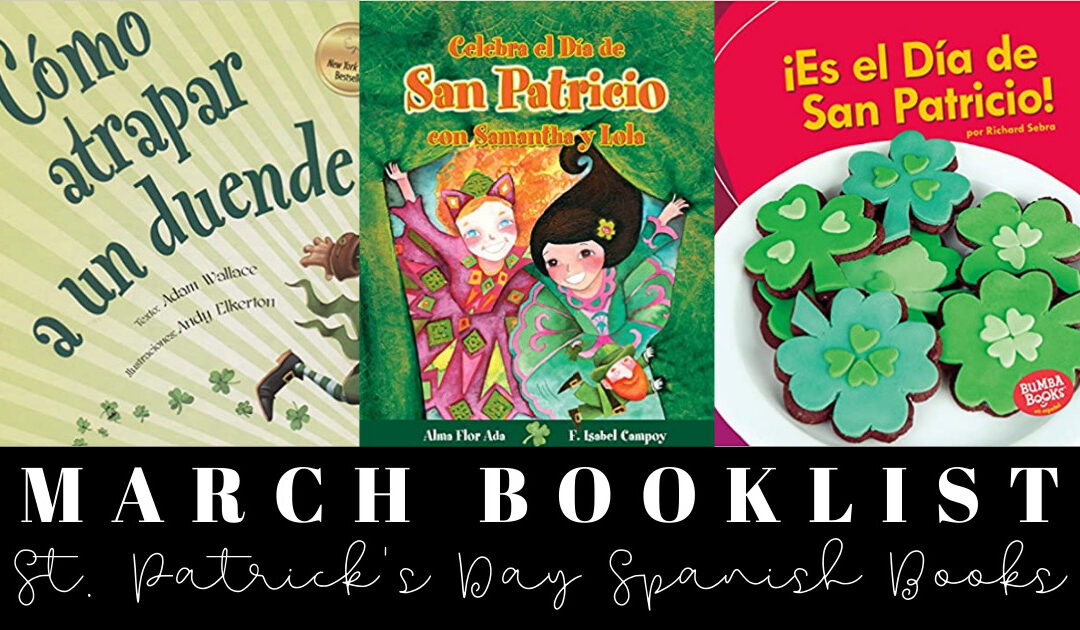Learning a foreign language without immersion is somewhat like trying to put together a puzzle without the original picture–you have no bigger picture to look at to reference where all the pieces go. Or maybe it’s somewhat like walking through a life-size maze–you can’t see the aerial view. There’s probably going to be lots of trial and error, frustration, confusion, and moments of “This isn’t worth my time,” especially if you are learning on your own without a guide or program to lead you.

My hope is that this blog can help those of you who find yourself in that situation. That’s where I found myself years ago as a homeschool student. Neither of my parents spoke a foreign language–in fact, I don’t think they even took a foreign language class in high school. As I began my high school years of school my mother and I chose a Spanish program designed for self-study similar to Rosetta Stone. I read the lessons and listened to audio prompts and stories, and tried to memorize an assortment of vocabulary. I ended the course knowing how to say “The queen is singing in the tower!”
Fast forward ten years or so, to me as a Spanish major graduate trying to teach my siblings Spanish, who were being homeschooled at the time. Knowing Spanish by that point, I still found it hard to find resources for homeschoolers who wanted to learn Spanish without forking over lots of dinero. That discovery led to me starting this blog. I wanted to help people like the high school me needing help with Spanish, or grown-up me trying to help my siblings learn Spanish. I figured there are probably many homeschool parents out there who took Spanish themselves, maybe know a little vocabulary, but don’t have the time/energy/passion/money/resources to help their children learn it. Of course you can take a Spanish class or hire a Spanish tutor, but usually funds for those things are used on Math tutors or Debate classes, or sports. My advice to you, homeschool student or parent, is this:
1) Be patient with yourself.
You may not understand everything the first time, or second time, or third time. That is not because you’re dense, it’s because language is a difficult thing to learn and it takes lots of hearing it, lots of speaking it, and lots of reading it to have it mastered.
2) Be patient with the process of learning a language.
You may have to learn the language in what feels like bits and pieces that don’t seem to go together. You may feel like the language is this huge puzzle and you don’t know what it’s supposed to look like in the end. I promise, if you keep trying, things will start to fit together in a way that makes sense. (And following tip #4 will help with this.)
3) Don’t worry about being perfect.
It’s okay if you mess up. Don’t let that keep you from using what you have learned! Native speakers might see you making mistakes, but most likely they speak a second language too, and so they know what you’re going through! Mistakes are one of the best teachers.
4) Take good notes.
Write everything down! If there’s a word you don’t know in Spanish, write it down to look up later! If you learn a new word, write it down! If you have a question about something, research it, look up a video and write down what you learn. Take notes from your text book. Whatever you may be learning in Spanish, make sure you are writing it all down.
5) Speak OUT LOUD.
You may feel silly, but this is huge! Your mouth and brain need practice actually speaking Spanish OUT LOUD. Find a story or a poem or a paragraph in Spanish. Read it out loud. Look up the words you don’t know, and read it again out loud. Or if you have a Spanish textbook that gives a list of vocab to go along with a story–memorize that vocab and practice it OUT LOUD. Then read the story to yourself or someone in your family or a friend OUT LOUD.
6) Have a plan.
It is a good idea to have a plan for anything in life you want to accomplish. Without a plan where will you start? How will you know where you want to end up? I really like the book Spanish NOW! Level 1 for high school students or even adult students. It’s very repetitive, has a nice slow pace, and introduces lots of vocabulary with word lists and stories.
If you don’t have a book or curriculum to guide you, consider finding a YouTube channel that you like and watching the videos they provide in the order they have them organized. Two great ones I can recommend are Señor Jordan Spanish 1 and Spanish Dict Learn Spanish Volume One.
7) Do it daily.
Even if it’s just making flashcards for your vocabulary words, re-reading the story at the beginning of the chapter, practicing saying your vocabulary words out loud, or answering only three questions from the practice exercises–make sure you engage your brain with Spanish everyday. Keeping Spanish fresh in your mind will make it easier and easier each time. Think of it like staying fit–you want to get your heart rate up every day even if it’s just for ten minutes! And to take the exercise metaphor even further, put your “learning muscles” in groups and rotate them to give them a rest. So on Mondays exercise your vocab muscles, on Wednesdays exercise your grammar muscles, and on Fridays exercise your speaking muscles. Just keep the most daily and consistent schedule you can. Studying a little bit each day goes much further than binge studying once-a-week. And it’s more fun that way too!
Keep it simple, keep it fun, and keep learning!
If you have any other tips, ideas, or resources that you have found to be helpful please leave a note in the comments below! I’m sure others reading this post would appreciate it so much. TIA





